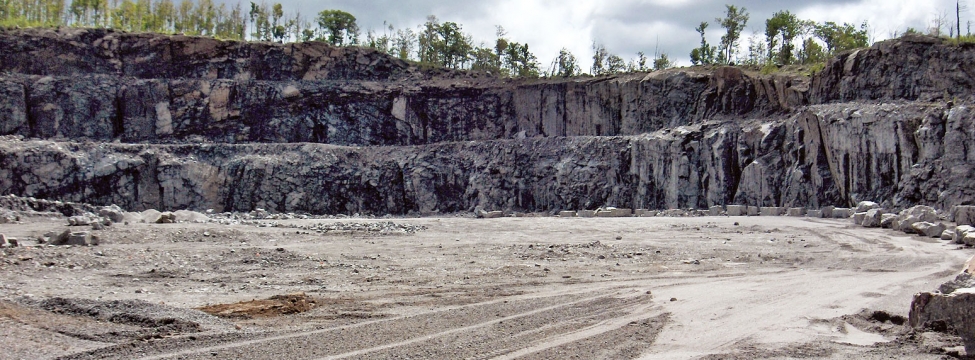To serve you better, our new website displays information specific to your location.
Please visit the site and bookmark it for future use.
Economic success in underground soft rock mining
The economic success of industrial mineral projects,such as potash, often depends on recovering high tonnages at low cost. These deposits are often tabular and, are subjected to the full weight of the overburden, are of relatively low strength, which makes underground high extraction problematic. Most of the tools and techniques available to the mining and rock mechanics engineer are based on the experiences of practitioners in hard rock mining. While a good starting point, these experiences often do not account for the unusual physical properties of soft rock that lead to adopting a conservative design.
The normal stresses of mining can exceed the uniaxial compressive strength of soft rock even at shallow depths, and excavations based on criteria accepted in hard rock mining inevitably fail. Instead, such excavations must be modified to allow the controlled yielding and displacement available with alternative mining methods.
The time dependent behaviour of many soft rocks can be taken advantage of by allowing creep deformation of the rock with minimal loss of strength. Pillars can be allowed to yield to maintain the safety and integrity of excavations long enough to allow the mineral to be extracted. The mining method chosen must accommodate the large displacements of the rock around an excavation when yielding pillars are used. It is essential to consider the stability of the larger rock mass located at a distance from the mine excavations, particularly where even minor inflows of water – easily managed in hard rock mining – can result in the loss of a mine.
In concept, the techniques applied to the design of excavations in soft and weak rock are very similar to hard rock design techniques. However, the datasets used to develop the design tools are smaller and, combined with sedimentary rocks’ variability, must be used with care. Empirical and numerical design tools developed for excavation design are based mainly on experience gained in coal and potash mining operations and research in nuclear waste disposal. SRK has experience in classifying soft and weak rocks to set the parameters for these tools. Two- and three-dimensional numerical assessments of large deposits can be conducted rapidly using displacement discontinuity methods in the Map3D boundary element code, while more detailed assessments use the FLAC and FLAC3D finite difference codes.
Working within the constraints that the low strength of the intact rock places on mine design, soft rock miners use an approach that will interest traditional hard rock miners as they target resources at greater depths. This is where the economic challenge of excavation design will be critical to success.
Tim Coleman: tcoleman@srk.com
|
You can download a PDF of the entire |
PDF
A4 |
PDF
Letter |
|
|
|
Our newsletters focus on specific areas of interest to earth resource professionals and clients. Each is available as an Adobe Acrobat PDF file. If you don't already have Adobe's PDF reader, you can download it free.
![]()


